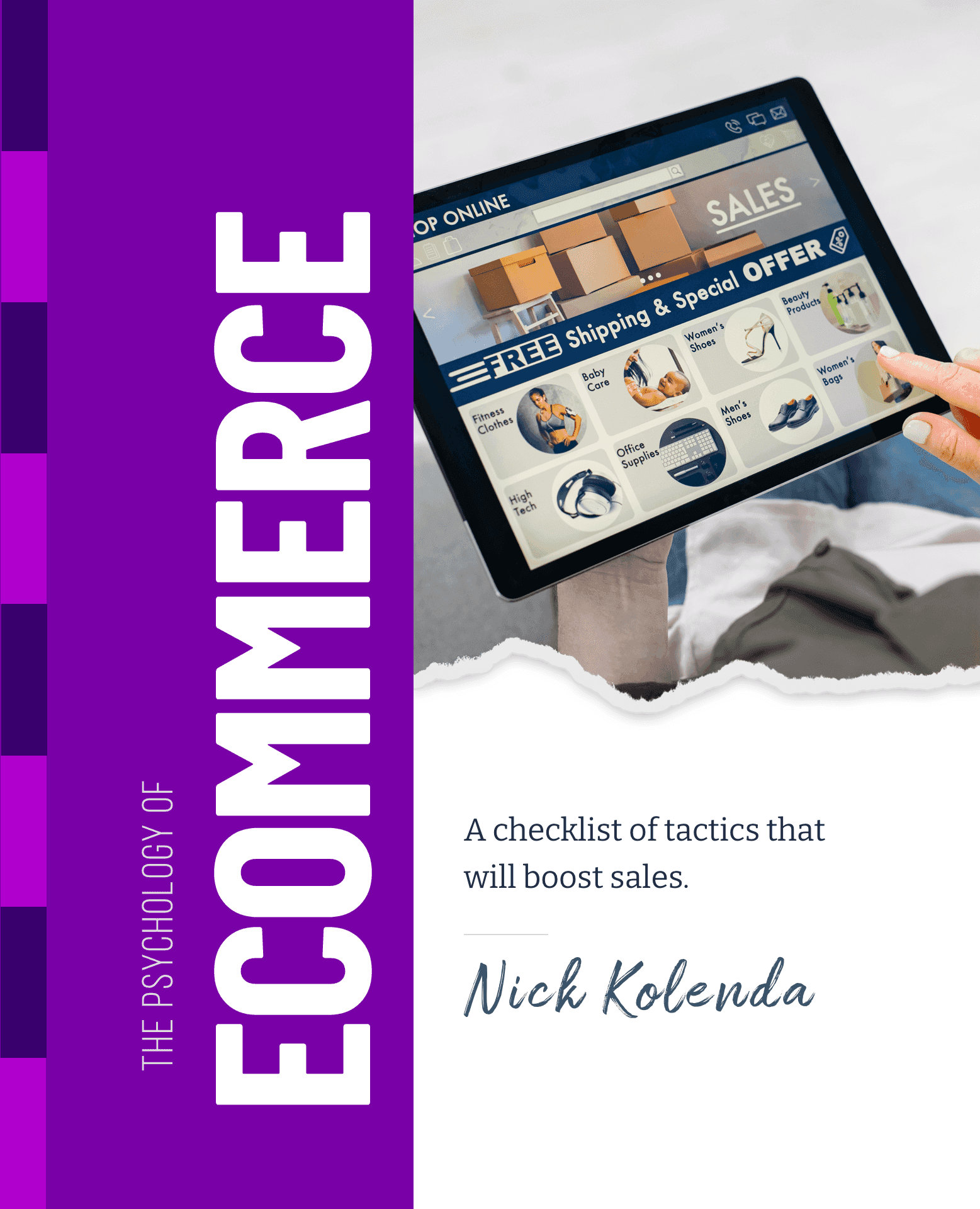
Round Shapes Appear Friendly
Tall and skinny products seem rational, while round products seem friendly and emotionally gratifying.
People are judged on stereotypes.
For example:
- Heavy people seem friendly (e.g., jolly).
- Tall and skinny people seem competent.
Products inherit traits if they resemble these body shapes.
When participants were asked to give products (e.g., lamps, perfumes) to other people, they chose round products for heavier recipients because their brain confused this shared roundness (Vallen et al., 2019).
Therefore, products inherit certain traits:
- Round products seem friendly and emotional
- Skinny products seem competent and rational
Indeed, one study confirmed that round shampoos converted better with emotional benefits (e.g. soothing, moist), while skinny bottles converted better with rational benefits (e.g., remove dandruff; Shi et al., 2023).
Most shampoos on Target aligned with these ideas:

Same with angularity. Rationality is described as sharp in everyday language:
- Smart people are sharp
- Useful statements make a point
- Clever people cut through BS
Sensory metaphors emerge in language because they reveal the cognitive skeletons that help us imagine these abstract ideas (Lakoff & Johnson, 1980).
How to Apply
- Launch Round Brands for Emotional Customers. Or skinny, angular brands for rational customers.
- Increase Border Radiuses. Emotional brands should display round corners in their images (Zheng et al., 2024).

Pricing Applications
- Charge Round Prices for Round Products. In a pilot survey, I found that a hammer was preferred with a round price of $10 (instead of a cheaper price of $9.37).
- Charge Sharp Prices for Rational Products. A calculator was preferred at $39.72 or $40.29 (vs. $40; Wadhwa & Zhang, 2015; though see Harms et al., 2018).
- Harms, C., Genau, H. A., Meschede, C., & Beauducel, A. (2018). Does it actually feel right? A replication attempt of the rounded price effect. Royal Society open science, 5(4), 171127.
- Lakoff, G., & Johnson, M. (1980). The metaphorical structure of the human conceptual system. Cognitive science, 4(2), 195-208.
- Shi, B., Mai, Y., & Mo, M. (2023). Chubby or thin? Investigation of (in) congruity between product body shapes and internal warmth/competence. Journal of Experimental Psychology: Applied, 29(1), 95.
- Vallen, B., Sridhar, K., Rubin, D., Ilyuk, V., Block, L. G., & Argo, J. J. (2019). Shape‐and trait‐congruency: Using appearance‐based cues as a basis for product recommendations. Journal of Consumer Psychology, 29(2), 271-284.
- Wadhwa, M., & Zhang, K. (2015). This number just feels right: The impact of roundedness of price numbers on product evaluations. Journal of Consumer Research, 41(5), 1172-1185.
- Zheng, C., Qian, F., Song, J., & Wang, H. (2024). Make the photo in good shape: The matching effect of photo shapes and donation appeals on donation intentions. Journal of Retailing and Consumer Services, 77, 103657.

Want more tactics?
Get all my free ecommerce tactics